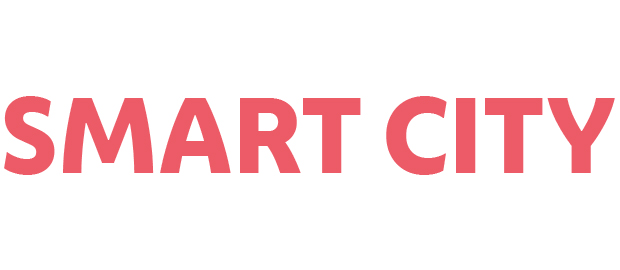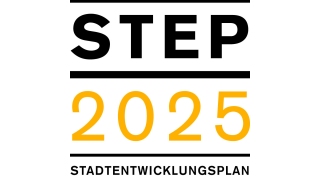Within the next 25 years Vienna’s population will reach the 2-million-mark. In order to overcome the accompanying challenges in regards to mobility, settlement development, urban technologies as well as the economy, the project STEP 2025 was initiated.
The Urban Development Plan provides guidelines for activities which have a bearing on space and therefore need to be coordinated. Every ten years or so the city is called upon to critically review its development perspectives and strategies; to look beyond its boundaries, to be clear about the common interests society has in the development of the urban region, and to identify what needs to be laid down and secured for continued success.
On 29 September 2011 the Vienna City Council commissioned the City Administration to revise the city’s Urban Development Plan (STEP) inclusive of all relevant traffic and transport issues, to be submitted for decision by 2014.
Preliminary steps for the STEP process were introduced in autumn 2011. The actual process and in-depth work on the different subject matters were launched in autumn 2012. Numerous communication channels provide additional support.
Guidelines for a successful future
Clearly defined planning objectives are imperative if we want to enable structured, high-quality urban development and make sure Vienna can hold its own on the international stage. The Urban Development Plan for Vienna is a key urban planning instrument that sets the course and provides the basis for the future development of housing, business and much more.
The guidelines for urban development are updated regularly, allowing for new visions to be forged and new requirements to be considered. A new and up-to-date Urban Development Plan for Vienna is to be adopted in 2014. It will take into account the proven principles and guidelines from the current Urban Development Plan (STEP 05) and incorporate the findings from the STEP progress report 2010.
Challenges for the coming years
Vienna is among the European cities which continue to attract new residents. According to recent forecasts population figures for Vienna will continue to rise as they have done in the past ten years, and are likely to reach the two million mark within the coming 25 years. The city’s environs are also changing dynamically. The urban region as a whole is on the verge of turning into a three million metropolitan area. This means that the number of households is increasing significantly, which in turn leads to growing demand for new housing.
Growth poses challenges for land development, the transport network, the housing and labour markets as well as for social services. In the future there will be more students, more elderly people and much more ethnic diversity, all of which must be taken care of in ways that go easy on the environment and make efficient use of resources. After all, the city wants to maintain and further improve its high quality of life.
STEP structure
The STEP covers all issues relevant to the city and the entire urban region that require coordinated spatial planning. In essence, it proposes strategies, models and concepts and makes sure that the overall governing systems and links are running smoothly. Planning processes that require local expertise and involve different players may not be directly covered by the STEP as such, but are still subject to the STEP principles and regulations.
The following main issues were identified for the STEP process:
- Settlement development
- Development of major hubs and business locations
- Mobility
- Public space
- Green space and recreational areas
- Public utilities – with special emphasis on new technologies
- Effective control of spatial processes (governance)
Dialogue-based development
Diversity is a key characteristic of every city, and the driving force behind any thriving metropolis today. The individual needs and interests of the urban population are equally diverse. Vienna’s urban development strategy is mapped out for all those who live, work, invest and research in the city, as well as for visitors and many others. Dialogue-based methods clearly take preference in this process.
The STEP 2025 process includes different formats for cooperation, discussion and exchange of information between all stakeholders. It is a motivation to become involved in urban development in new and differentiated ways.
Launched in autumn 2012, the STEP 2025 started out with a set of dialogue formats which is now being expanded step by step. Politicians at city and district level, experts, members of the business community, representatives of the surrounding region and the urban population are systemically tied into the process.
Contact
DI Ina Homeier
MA 18 – Urban Development and Planning
E-Mail: ina.homeier@wien.gv.at
Website: STEP 2025
This post is also available in: German




